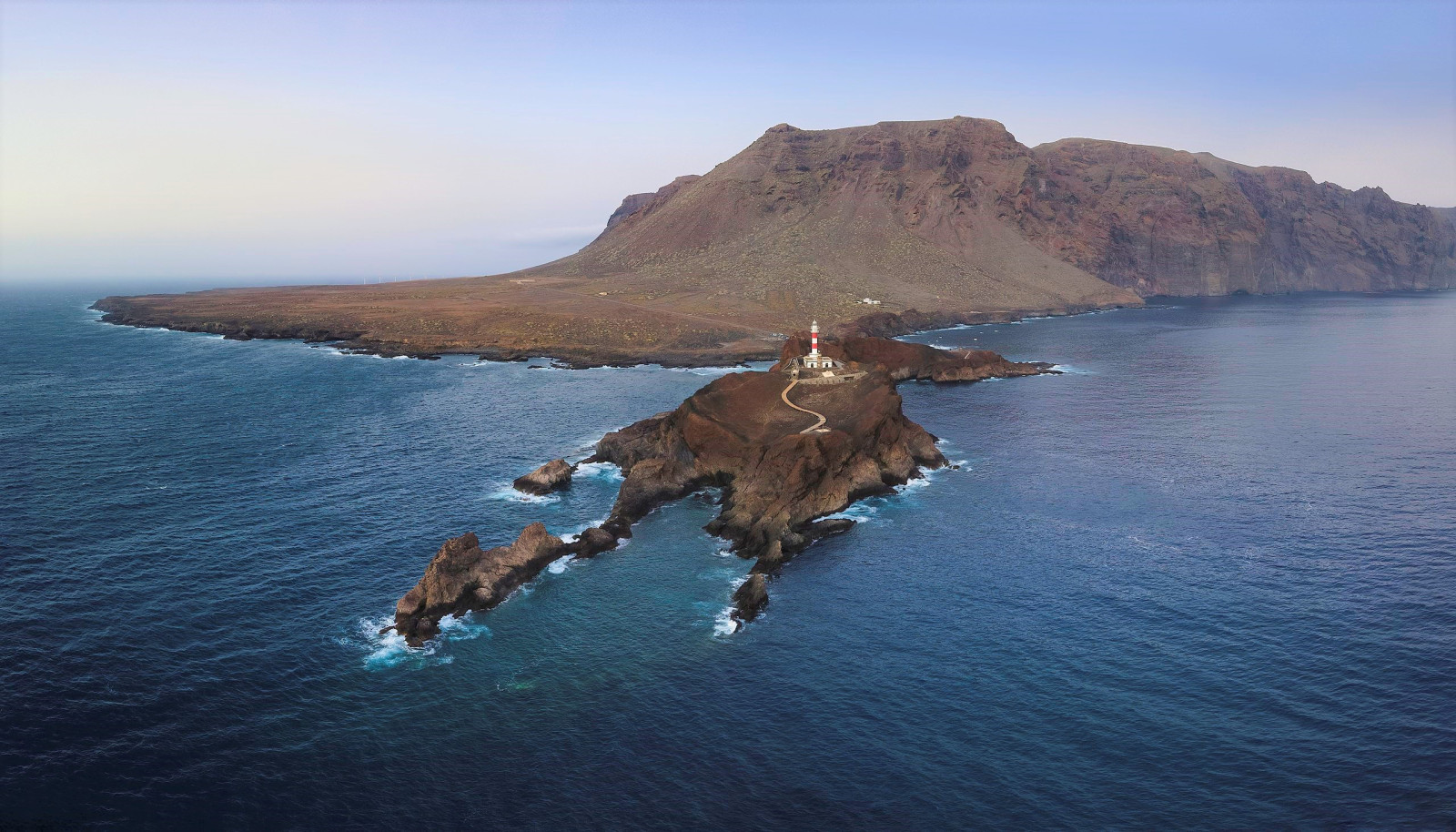Descrizione
Punta de Teno is the western-most point on Tenerife and one of the better seawatching points on the north coast. Most of the time you can see Berta maggiore, quit often in large groups. Also sometimes Berta della Macaronesia and Sula. The spectacular cliffs of Los Gigantes around this part of the coast hold breeding Falcone di Barberia and this is one of the few places on Tenerife where Falco pescatore is sometimes observed. Other birds you can see in the area are Sterpazzola della Sardegna, Pispola di Berthelot, Corvo imperiale, Gheppio, Garzetta, Voltapietre and sometimes Passera lagia.
Dettagli
Accesso
Punta de Teno is located in the north-west of Tenerife. The "Parque Natural Punta de Teno" is signposted from the town of Buenavista. Note: access to the area is restricted for cars between 10.00 and 19.00. So be there early if you want to visit the area by car. The rest of the day you can get there by the Punta de Teno Bus: Bus 369 shuttles between Buenavista del Norte and Punta de Teno during the day.
Terreno e habitat
Canyon/scogliera , MareCaratteristiche dell’area
Montagnoso , Roccioso , Paesaggio apertoPercorso ad anello
NoÈ utile un cannocchiale?
SiBuona stagione per il BW
Tutto l'annoMiglior periodo per visitare
Migrazione primaverilePercorso
Strada asfaltata , Sentiero ampioGrado di difficoltà del percorso a piedi
FacileModalità di accesso
A piedi , MacchinaCapanno/torretta di osservazione
NoInformazioni aggiuntive
Photo lighthouse Punta de Teno by Werner Wilmes, CC BY 2.0, https://creativecommons.org/licenses/by/2.0





 Martijn Verdoes_MV_4129.jpg)